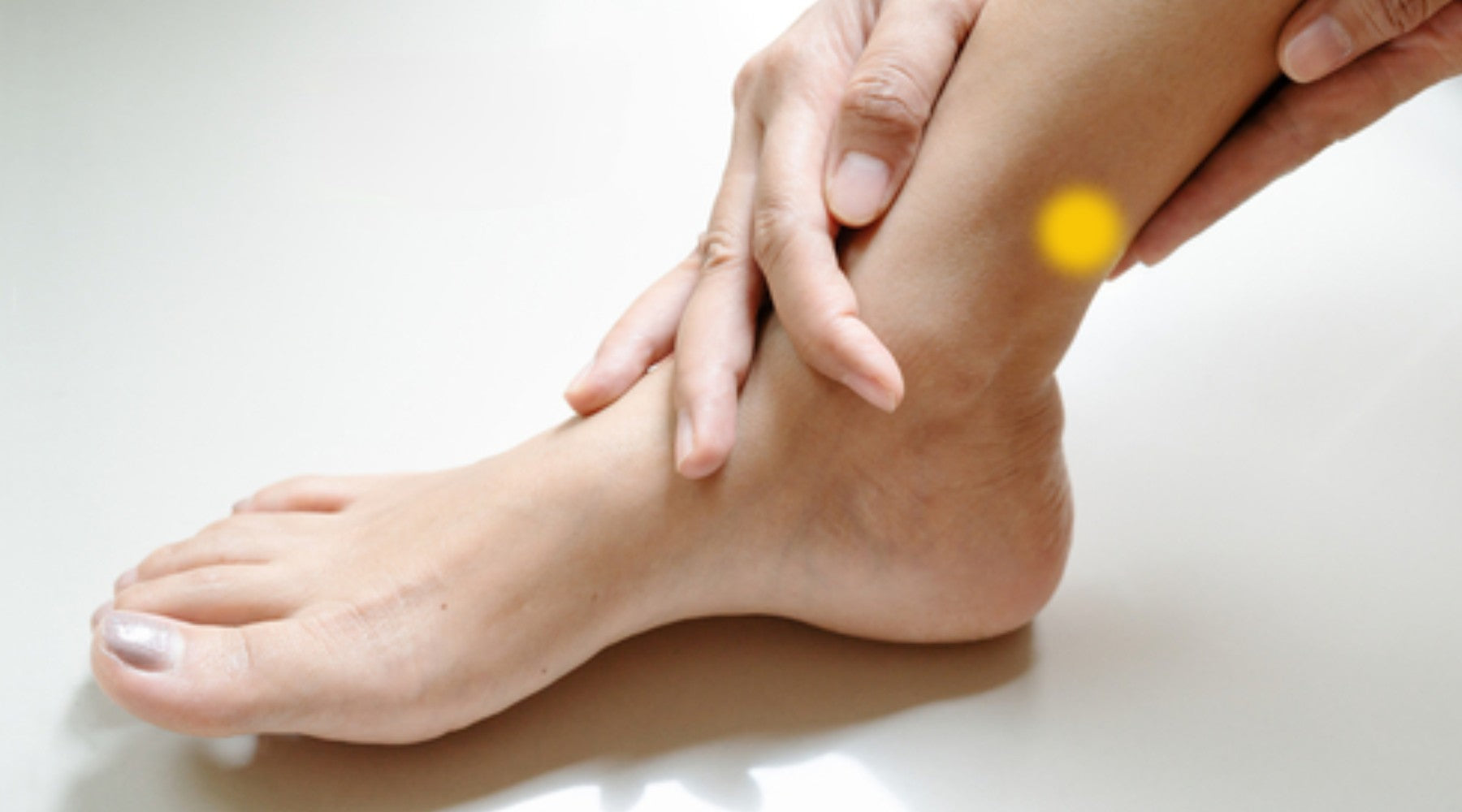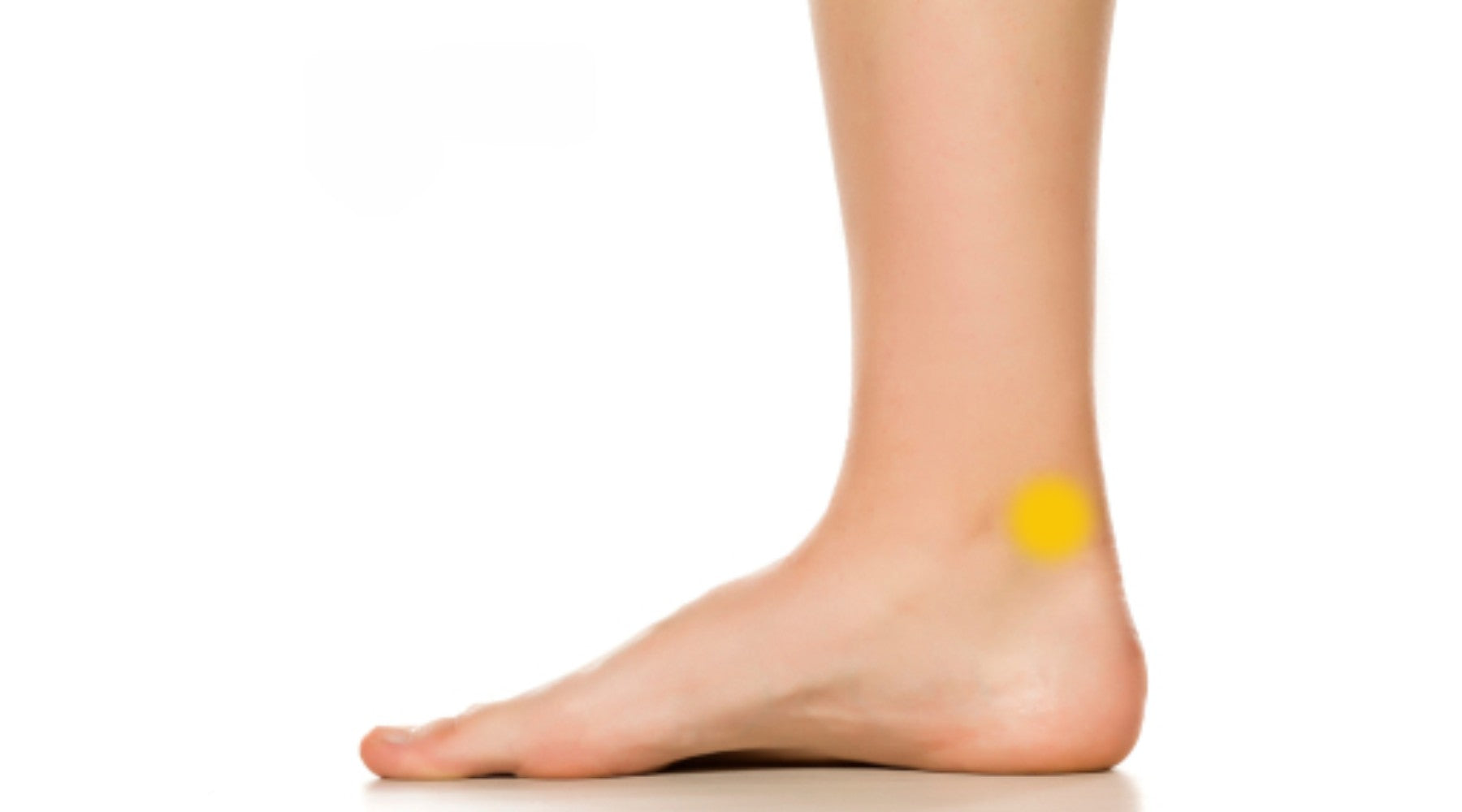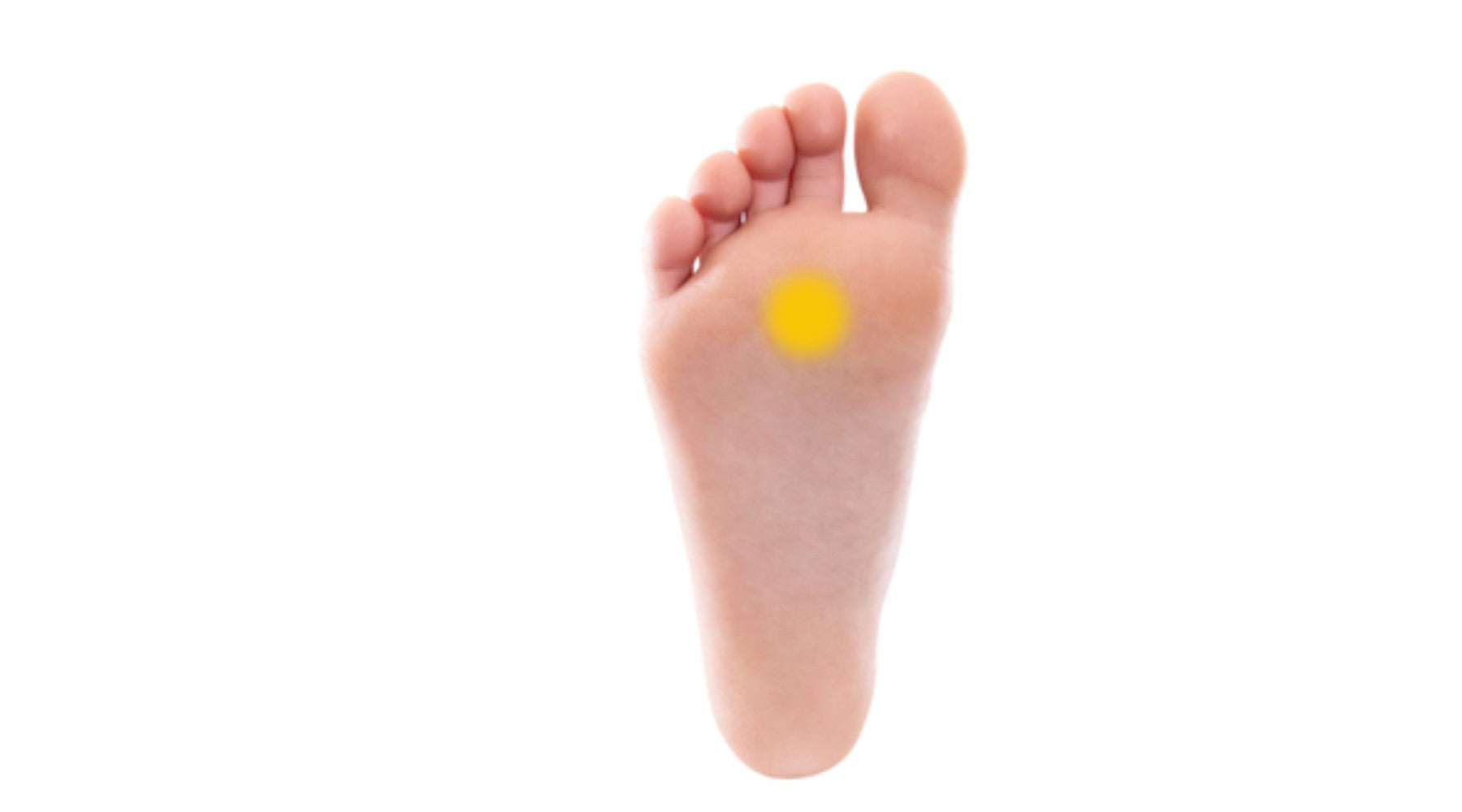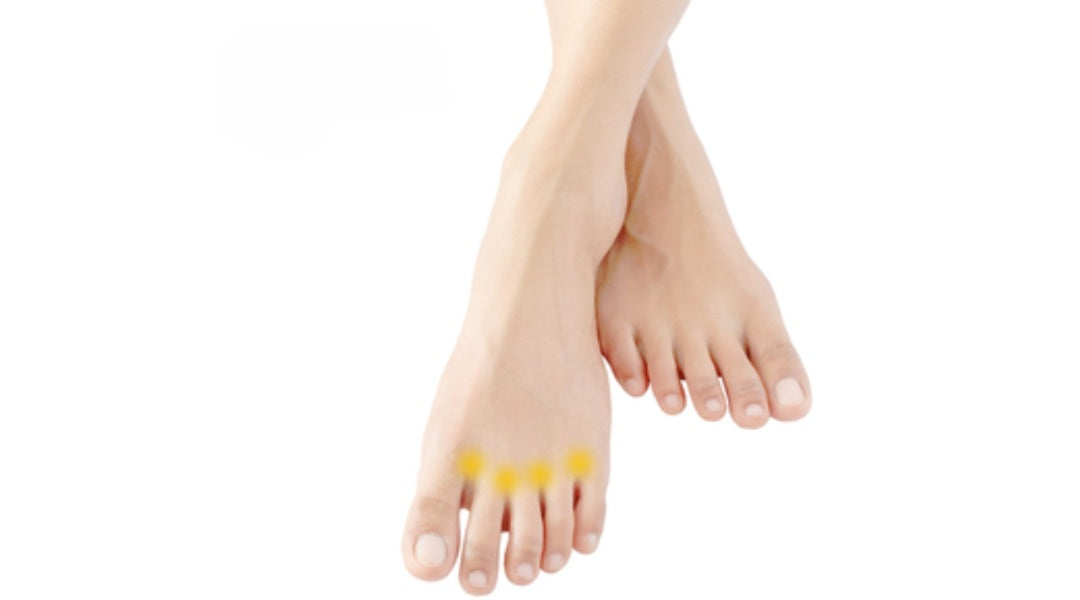
Why Do Our Bodies Feel Cold?
Compared to men, women have less muscle mass, with a higher average of body fat. Muscle helps to elevate body heat, and therefore less of it creates a greater tendency for cooling in the body. As women also have more fat, which resists warming, they more easily suffer from cold limbs. Moreover, women’s ovaries and uterus can cause further circulation issues in the abdominal area, which can lead to a cooling of the internal organs. Added to this is the menstrual cycle, which can bring about circulatory issues with the extremities. Hormone imbalances can cause problems with the nervous system, and this, as well, can lead to problems with low body heat in the limbs.
Another point worth mentioning is the effect that clothing can have on body temperature. Not only do women wear skirts, which can expose the lower body to much cooler temperatures, but they often wear tight clothing, which can constrict the circulatory system, again reducing the body’s capability to regulate temperature. While women are more prone to cold bodies, men are certainly susceptible to the same condition. As men age, they lose muscle mass, and can also suffer from weakening of the internal organs, leading to poor circulation. Along with cold hands and feet, men also tend to experience frequent urination, hip and back pain, and stiff shoulders.
Cold body complaints are separated into categories based on where the cold occurs. We have all heard of cold extremities, but cold can occur in our internal organs, in our legs, as well as in our extremities. In each case, the symptoms and causes are different.
Problems with the Autonomic Nervous System
Cold in the body caused by disruptions of the normal function of the autonomic nervous system are one of the most common. The autonomic nervous system regulates our organ functions, and when it becomes imbalanced, poor circulation and cold in the extremities is a common result. Concurrent symptoms may include anxiety, irritability, depression, palpitations, difficulty breathing and stiff shoulders.
Cold Due to Hormone Imblances
Puberty, pregnancy, childbirth and menopause are all times when hormone secretion undergoes change, and these changes produce changes in the nervous system. When these types of changes take place, both cold and hot flashes may occur. Additional symptoms can include irregular menstruation, heat in the face (hot flashes), periodic headaches and heavy perspiration.
Cold Due to Low Blood Pressure
When blood pressure is low the circulation of blood to the extremities may be insufficient, resulting in cold. Individuals vary, but low blood pressure is usually defined as a systolic (upper) reading of under 90mmhg, though one school of thought is any reading below 105mmhg for men, and 100mmhg for women. Those suffering from hypotension (low blood pressure) may experience faintness when standing up, vertigo, cold, stiff shoulders, diarrhea, constipation, and lack of appetite.
Cold Due to Anemia
Anemia is often caused by a
lack of iron in the blood. In this case, the blood will carry insufficient hemoglobin. Missing meals, over-dieting, an imbalanced diet and lack of proper nutrition are usually involved in this condition. Not only the extremities, but the entire body can become cold. Common symptoms are: low energy, loss of appetite, shortness of breath, dizziness, paleness, faintness when standing up, difficulty breathing and lethargy.
Why do we experience coldness in the extremities?
There are many reasons why our extremities tend to grow cold. One of the most common explanations is that our autonomic nervous system is disrupted by stress of one kind or another. The autonomic nervous system regulates many bodily functions, including temperature, by delivering command signals. One theory is that the sympathetic nervous system becomes dominant when under stress, causing blood vessels to constrict, thereby impeding delivery of blood, which carries heat, to the extremities. This is the same mechanism that causes us to have cold hands when we are nervous.
In order to combat a tendency of the body to grow cold, we need to build a body that can heat itself up. Building muscle is the way to do this. This is particularly true of the “secondary heart,” the calf muscles. Firming up these muscles will build up the body’s heat pump. Massaging between the toes before bed is another practice that can help promote a better night’s sleep.
When the feet are cold at night, one of the best things to do before going to sleep is to massage between the toes. There are lymph vessels running between the toes, and by massaging the pressure points between each toe, it is quite easy to improve circulation and warm up the feet.
Below is a list of causes of a cold body:
1. Insufficient muscle. (Muscle creates heat.)
2. Higher levels of body fat. (Fat tends to invite cooling.)
3. Insufficient caloric intake.
4. Lack of exercise.
5. Too much stress.
6. Under-dressing
7. Smoking
8. High blood pressure, high cholesterol, atherosclerosis
When the feet are cold at night, one of the best things to do before going to sleep is to massage between the toes. There are lymph vessels running between the toes, and by massaging the pressure points between each toe, it is quite easy to improve circulation and warm up the feet.
Other techniques for warming up the legs:
Shinbone Pressure
Starting at the ankle, using all your fingers, work the pressure point inside the shin bone with your thumb, moving up from the ankle and pressing firmly into the space beneath the edge of the bone.
Effect: Very good for cold and irregular periods in women. This pressure point is one of the most important for controlling cold limbs.

Ankle Pressure Point
Find the pressure point on the inside of the ankle just above the heelbone. Press and massage upwards along the inside of the Achilles tendon. Do this lightly and rhythmically.

Instep Pressure Point
This pressure point is found at the front middle of the instep just behind the toe joints, aligned between the second and third toes. Apply pressure by turning the base of the foot upwards and pressing both thumbs against the pressure point.
Effect: Improves circulation of blood and fluids, reduces swelling.

Pressure Points Between the Base of the Toes
These four pressure points are found on top of the foot between the second joints of each of the toes, at the base of the toes. Apply pressure to each point separately by gripping it between thumb and forefinger, pulling forward, and releasing. After doing this, grip the foot from the bottom and press the fingers between the toes firmly, then rotate the foot around the ankle, stimulating all the pressure points simultaneously.

